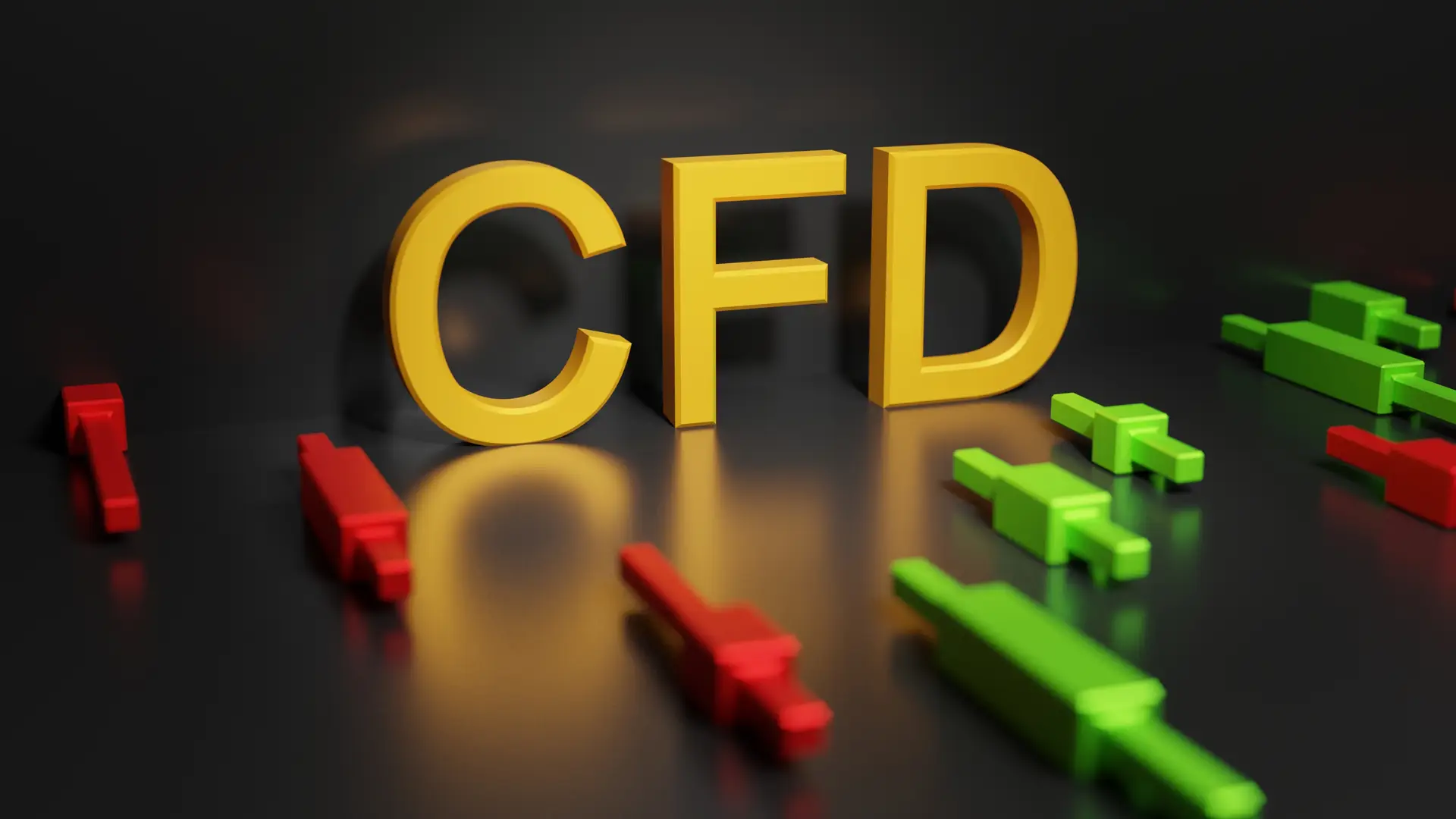
CFD Trading for Beginners: A Step-by-Step Guide
In today’s financial landscape, Contracts for Difference (CFDs) have gained popularity as a powerful trading tool that allows investors to speculate on price movements in various financial markets without owning the underlying asset. This guide aims to provide a comprehensive overview of CFD trading, equipping beginners with essential knowledge to navigate this dynamic and potentially rewarding form of trading.
Getting Started with CFD Trading
Before diving into CFD trading, beginners must understand the fundamentals of financial markets. This includes grasping concepts such as stocks, indices, commodities, and currencies, which serve as underlying assets for CFDs. Each asset class behaves differently based on market conditions, economic factors, and geopolitical events, influencing their price movements.
Choosing the right CFD broker is a critical first step. Factors to consider include regulatory compliance, trading costs (including spreads and commissions), platform features (such as user interface and analytical tools), customer support, and the broker’s reputation. Researching and comparing multiple brokers ensures that beginners can find a platform that meets their trading needs and offers a secure trading environment.
Opening a trading account with a chosen CFD broker involves completing a registration process, which typically includes providing personal information and verifying identity. Additionally, beginners will need to fund their trading account by depositing an initial amount of capital. This capital serves as a margin, allowing traders to leverage their positions and control larger contract sizes than their initial investment. Check out ADSS for more info.
Fundamental Concepts of CFD Trading
Leverage is a key feature of CFD trading, enabling traders to amplify their exposure to underlying assets with a relatively small initial investment. For instance, a leverage ratio of 1:10 means that for every $1 of a trader’s capital, they can trade $10 worth of CFDs. While leverage enhances profit potential, it also increases the risk of substantial losses, as losses are also magnified proportionally.
In CFD trading, traders have the flexibility to take both long (buy) and short (sell) positions. A long position profits from a rise in the price of the underlying asset, while a short position profits from a price decline. This ability to profit from falling markets (short-selling) distinguishes CFDs from traditional stock trading, where investors typically profit only from rising prices.
CFD prices mirror the prices of the underlying assets, adjusted for factors like interest rates and dividends. The difference between the buying (ask) price and the selling (bid) price is known as the spread. Brokers earn revenue from spreads, so understanding spread sizes and how they impact trading costs is crucial for managing profitability in CFD trading.
Analysing Markets and Assets
Fundamental analysis involves evaluating the intrinsic value of an asset by examining economic factors, company financials (for stocks), geopolitical events, and macroeconomic trends. Traders use fundamental analysis to gauge whether an asset is overvalued or undervalued, helping to make informed decisions about when to enter or exit CFD positions.
Technical analysis relies on historical price data and trading volume to identify patterns and trends that can predict future price movements. Traders use technical indicators such as moving averages, RSI (Relative Strength Index), MACD (Moving Average Convergence Divergence), and chart patterns (like head and shoulders, double tops/bottoms) to formulate trading strategies. Technical analysis is particularly useful for short-term traders looking to capitalise on price fluctuations within a specific time frame.
Successful CFD traders utilise various tools and resources to conduct thorough market research. These include financial news websites, economic calendars (to track important economic events and data releases), real-time market data feeds, and advanced charting software. By staying informed about market developments and using analytical tools effectively, traders can enhance their trading decisions and improve overall profitability.
Risk Management Strategies
Effective risk management is crucial to long-term success in CFD trading. Traders should define their risk tolerance and establish clear risk management rules. This includes calculating position sizes based on the percentage of capital at risk per trade and implementing diversification strategies across different asset classes to reduce portfolio volatility.
Hedging involves opening offsetting positions to mitigate potential losses from adverse price movements. For example, a trader holding a long position in a stock CFD may hedge their exposure by simultaneously opening a short position in a related index CFD. Hedging strategies help protect capital during volatile market conditions and minimise downside risk.
Monitoring Your CFD Positions
Modern trading platforms offer advanced features that enable traders to monitor CFD positions and market developments in real-time. Key metrics to monitor include profit and loss (P&L), account balance, margin utilisation, and open positions. Trading platforms also provide access to historical data, performance reports, and analytical tools that assist in evaluating trading strategies and making informed decisions.
Successful traders continuously adapt their strategies based on changing market dynamics and emerging opportunities. This may involve adjusting entry and exit points, revising risk management parameters, or diversifying into new asset classes. Regular evaluation of trading performance allows traders to identify strengths and weaknesses, refine their approach, and capitalise on profitable trading opportunities.
Conclusion
CFD trading offers a flexible and accessible avenue for individuals to participate in financial markets and profit from price movements across diverse asset classes. By mastering fundamental concepts, employing effective analysis techniques, and implementing robust risk management strategies, beginners can embark on a rewarding journey into the world of CFD trading with confidence.


